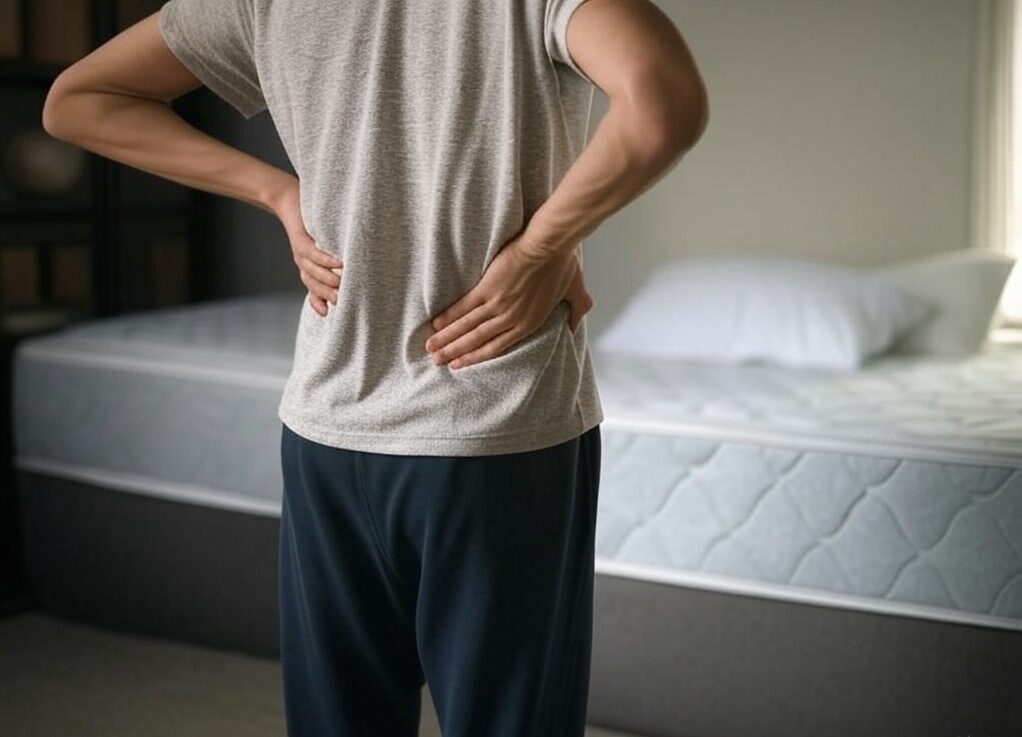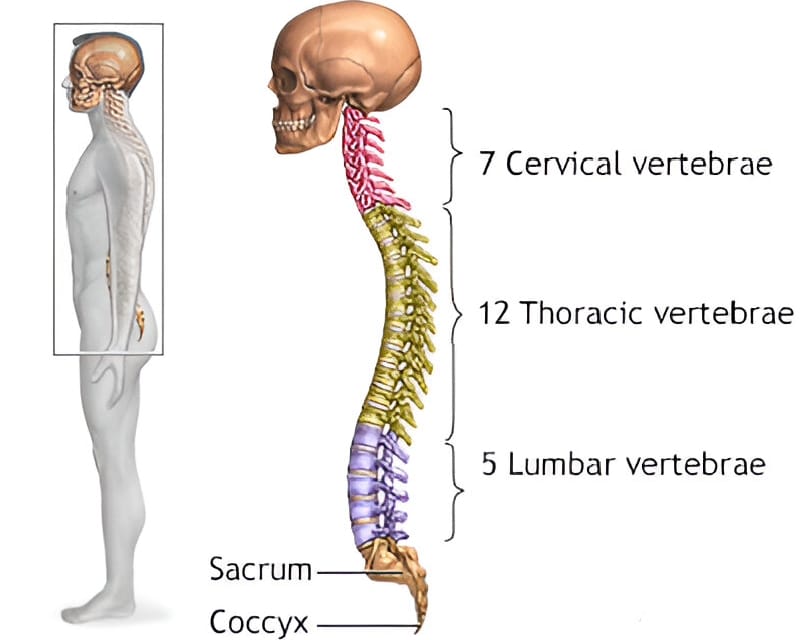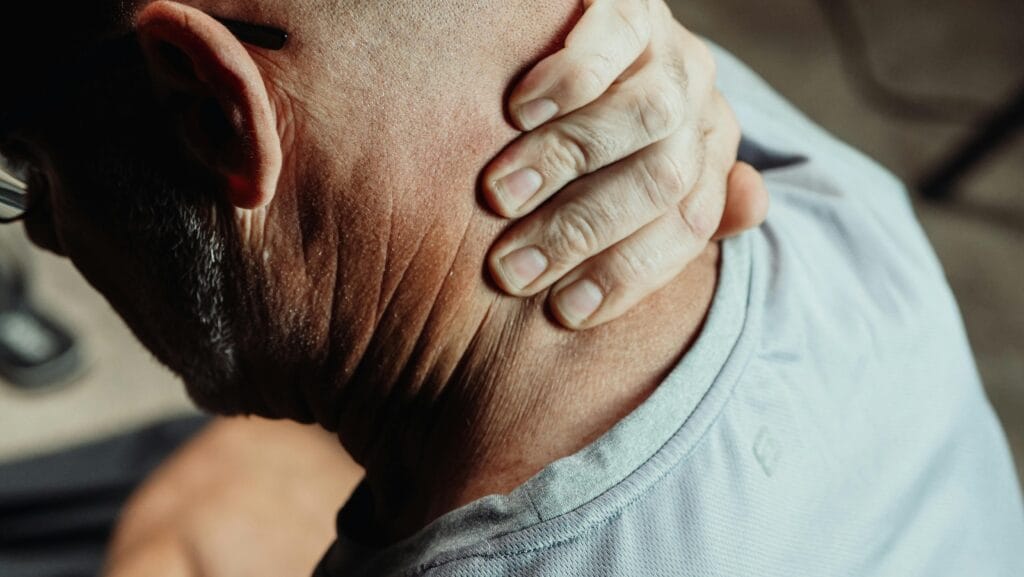
Back pain is a universal complaint, but when it stems from arthritis, it can feel like a lifelong companion. Spinal arthritis affects over 54 million adults in the U.S. alone, according to the Arthritis Foundation, and understanding its root causes is the first step toward managing discomfort.
In this guide, we’ll explore the types, triggers, and solutions for arthritis in the back—and how choosing the best mattress for arthritis can play a pivotal role in improving sleep and reducing stiffness.
Key Takeaways
- Spinal arthritis is most commonly caused by aging, genetics, injuries, or repetitive stress on joints.
- Osteoarthritis (wear-and-tear) and rheumatoid arthritis (autoimmune) are the two primary types affecting the back.
- Symptoms include chronic stiffness, reduced flexibility, and nerve pain if inflammation compresses spinal nerves.
- Non-surgical treatments like physical therapy, weight management, and anti-inflammatory medications can slow progression.
- A supportive best mattress for arthritis reduces nighttime strain and improves spinal alignment.
- Prevention focuses on exercise, posture, and avoiding smoking.
Types of Arthritis That Affect the Back

Arthritis isn’t a single condition—it’s an umbrella term for over 100 joint disorders. The most common types impacting the spine include:
1. Osteoarthritis (Degenerative Joint Disease)
- Cause: The most common form, osteoarthritis (OA), occurs when the protective cartilage cushioning spinal joints wears down over time. This leads to bone-on-bone friction, inflammation, and bone spurs (osteophytes).
- Affected Areas: Primarily targets the lumbar spine (lower back) and cervical spine (neck).
- Risk Factors:
- Age (80% of adults over 55 show OA signs on X-rays).
- Repetitive stress (e.g., manual labor, poor posture).
- Obesity (excess weight strains lumbar joints).
2. Rheumatoid Arthritis (RA)
- Cause: An autoimmune disorder where the immune system attacks the synovium (lining of joints), causing chronic inflammation. Unlike OA, RA often affects the cervical spine (neck) rather than the lower back.
- Key Features:
- Symmetrical joint damage (both sides of the body).
- Morning stiffness lasting hours (not minutes).
- Systemic symptoms (fatigue, fever).
- Risk Factors: Genetic markers (HLA-DR4), smoking, hormonal changes.
3. Ankylosing Spondylitis (AS)
- Cause: A type of inflammatory arthritis that primarily targets the sacroiliac joints (where the spine meets the pelvis) and ligaments. Over time, AS can fuse vertebrae, causing a rigid “bamboo spine.”
- Key Features:
- Pain worsens with rest and improves with movement.
- Uveitis (eye inflammation) in 40% of cases.
- Linked to the HLA-B27 gene (90% of patients test positive).
What Causes Arthritis in the Back? 6 Key Triggers
While genetics and aging play roles, these factors accelerate spinal joint degeneration:
- Aging and Cartilage Breakdown
- Cartilage naturally thins after age 40, reducing shock absorption. By 60, 85% of adults have spinal OA changes.
- Genetic Predisposition
- Family history of RA, AS, or PsA increases risk. For example, HLA-B27 carriers are 10–20x more likely to develop AS.
- Spinal Injuries or Trauma
- Fractures, herniated discs, or surgeries can destabilize joints, accelerating OA. A 2022 Spine Journal study found 54% of post-injury patients developed spinal arthritis within 5 years.
- Obesity and Metabolic Stress
- Excess body fat:
- Strains lumbar discs (each extra pound adds 4 lbs of pressure on the spine).
- Releases inflammatory cytokines that degrade cartilage.
- Excess body fat:
- Repetitive Motion or Poor Posture
- Jobs requiring heavy lifting (construction) or prolonged sitting (office work) unevenly load spinal joints.
- Comorbid Conditions
- Diabetes (high blood sugar damages cartilage).
- Psoriasis or IBD (chronic inflammation spreads to joints).
- Osteoporosis (bone loss destabilizes joints).
Symptoms and Diagnosis

Common Symptoms of Spinal Arthritis
- Pain Patterns:
- Dull, aching pain in the lower back or neck.
- Sharp, shooting pain if bone spurs compress nerves (sciatica or cervical radiculopathy).
- Stiffness:
- Worst in the morning or after inactivity (30+ minutes for RA/AS).
- Improves with gentle movement (AS) or worsens with activity (OA).
- Reduced Mobility:
- Difficulty bending, twisting, or standing upright.
- In advanced AS, loss of spinal curvature (hunched posture).
- Neurological Symptoms (if nerves are compressed):
- Numbness, tingling, or weakness in arms/legs.
- Loss of bladder/bowel control (seek emergency care).
How Doctors Diagnose Back Arthritis
- Physical Exam:
- Checks for tenderness over affected joints.
- Assesses range of motion (e.g., Schober’s test for AS).
- Imaging:
- X-rays: Reveal cartilage loss, bone spurs, or fused vertebrae.
- MRI: Detects early inflammation (synovitis) in RA or AS.
- CT Scans: Detailed views of bone damage.
- Blood Tests:
- Rheumatoid Factor (RF): Positive in 70–80% of RA cases.
- Anti-CCP Antibodies: More specific for RA.
- HLA-B27: Screens for AS predisposition.
- CRP/ESR: Measures inflammation levels.
Treatment and Management
Non-Surgical Solutions
- Medications:
- NSAIDs (ibuprofen) for pain/inflammation.
- DMARDs (methotrexate) for RA/PsA.
- Biologics (TNF inhibitors) for AS.
- Physical Therapy:
- Core-strengthening exercises (planks, bird-dogs).
- Low-impact aerobics (swimming, cycling).
- Lifestyle Adjustments:
- Weight loss (5–10% reduction halves OA progression risk).
- Sleep Ergonomics: A medium-firm best mattress for arthritis reduces spinal strain and improves sleep quality.
When Surgery Is Needed
- Spinal Fusion: Stabilizes unstable vertebrae (common in advanced OA).
- Laminectomy: Removes bone spurs compressing nerves.
Preventing Flare-Ups
- Exercise Smart:
- Yoga or Pilates improves flexibility without joint impact.
- Prioritize Sleep Hygiene:
- Pair the best mattress for arthritis with a contoured pillow to maintain neutral spine alignment.
- Anti-Inflammatory Diet:
- Omega-3s (salmon), turmeric, and leafy greens reduce inflammation.
- Stress Management:
- Chronic stress worsens RA/PsA flares.
Conclusion
Arthritis in the back stems from a mix of aging, genetics, and lifestyle factors—but proactive care can make a difference. From anti-inflammatory diets to ergonomic sleep setups, small changes add up. Always consult a rheumatologist for personalized advice.
Ready to upgrade your sleep? Explore our guide to the best mattress for arthritis to wake up refreshed and pain-free.
FAQs
How does a mattress help with arthritis?
A medium-firm best mattress for arthritis supports spinal alignment, easing pressure on inflamed joints.
Is back arthritis linked to weather changes?
Some studies suggest cold, damp climates may worsen stiffness.

